Different views of Hong Kong in the 1960s, starting with:
1960s Hong Kong in words
Andrew Craig-Bennett's excellent series about Hong Kong's history includes:
- Hong Kong in the late Fifties and early Sixties
The 1960s were probably the defining decade in the formation of the Hong Kong identity as it is today. Read more...
- A note on "Fragrant grease"
Hong Kong in the Fifties and Sixties, especially the Sixties, was a nest of corruption, springing from the population explosion. There was unmet demand for just about everything, and allocation of resources was an obvious field for corruption. Low Government salaries certainly contributed so far as local officials were concerned, but the Englishmen in the Government service had no such excuse. In fairness to them, though, they were often very fine people in other respects - senior and junior policemen and firemen were often brave, efficient and corrupt at the same time. Read more ...
- More Sixties Stuff
Expanding public education, riots, "R&R", the Confrontation Tie, and Mainland China's views of British Hong Kong during this time. Read more ...
1960s Hong Kong in photos
I've chosen a few favourites to begin with (you can click on any photo to see a larger copy):
For more photos from the 1960s, see:
Then browse through over 500 photos from the 60s in our galleries.
New buildings in the 1960s
Look how the 1960s building boom changed Hong Kong's skyline. This first view is from the 1950s:
At that time the buildings in Central were mostly 3-6 storeys high, built in the late 1800s or early 1900s. The only "skyscrapers" in this photo are the HSBC and Bank of China buildings.
The second was taken in the mid-1960s. Can you spot the two bank buildings? By this time they were dwarfed by all the new construction.
To see the effect at street-level, here's how Queen's Building (in the foreground) and the original Prince's Building looked. Both were built within a few years of each other at the start of the twentieth century:
Both were knocked down at about the same time too. Queen's Building went first, replaced by the 27-storey Mandarin Hotel. In this photo from 1964, the new Hotel was just a year old:
That dark shape behind the hotel is the new Prince's Building under construction. It was finished the following year.
Here's how the two buildings looked in 1966.
(Look to the right of Queen's Building in both photos, and you'll see another old building disappearing. The St. George's Building was about to be re-developed.)
The changing skyline even made the international news in this Pathé film clip (if you can't see the video or the map below, please view the web version of this page):
Thank you to everyone who has contributed the all facts and photos above.
If you have any favourite photos or memories of 1960s Hong Kong you can add, we'd love to see them. Here's how to upload a photo, and for any memories or stories please leave a comment below. Longer memoirs are also very welcome.
Regards, David

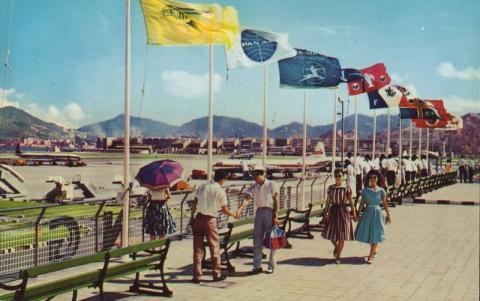
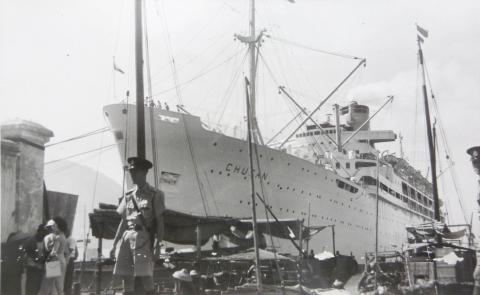
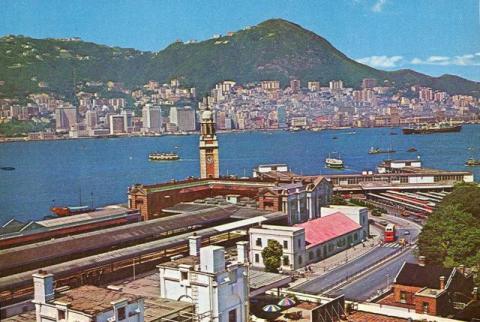
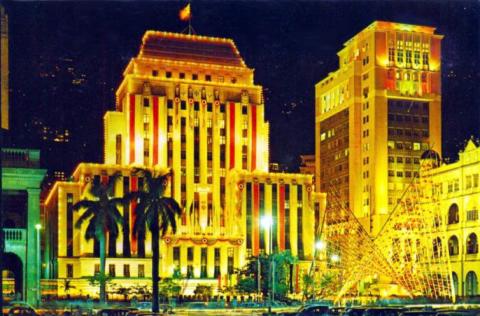



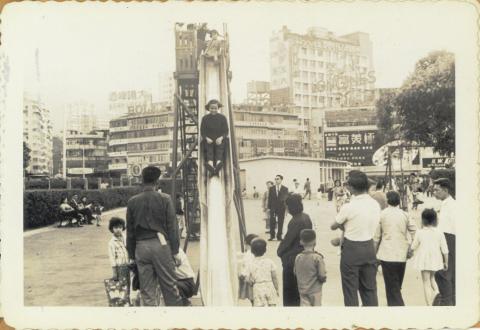
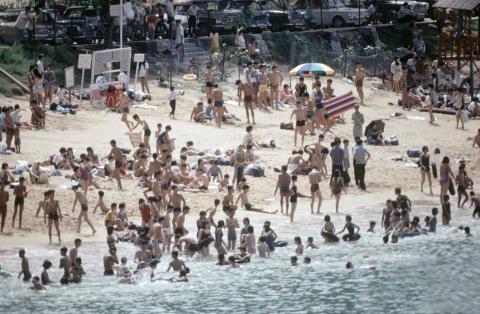

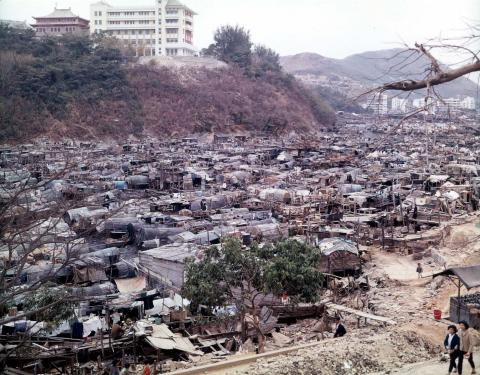
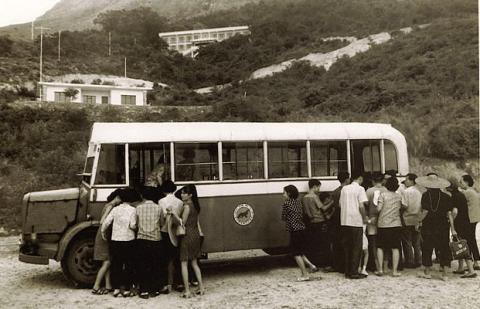
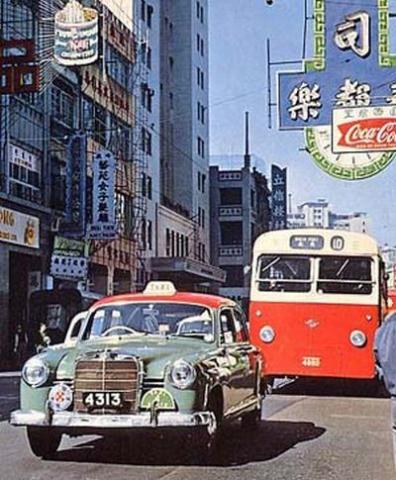
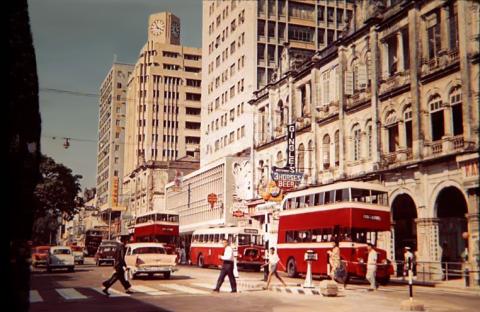
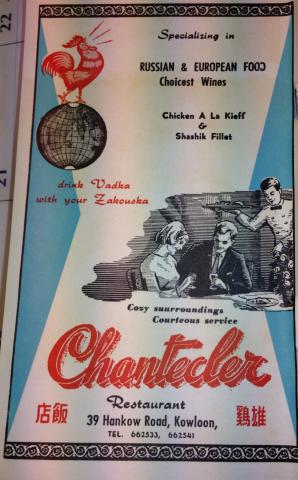
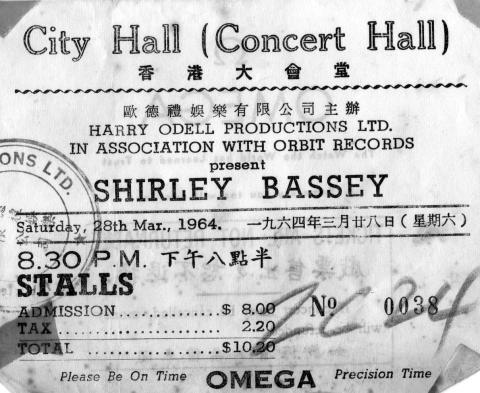
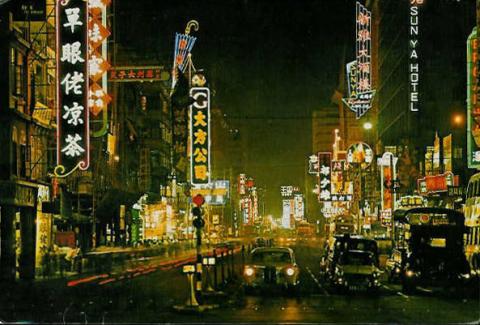

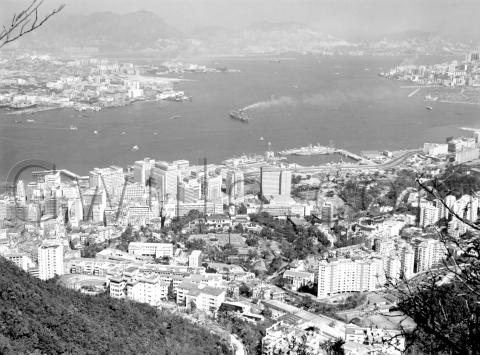
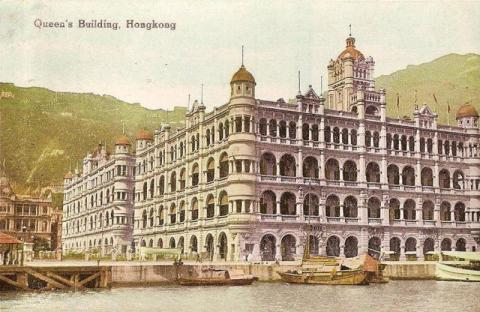
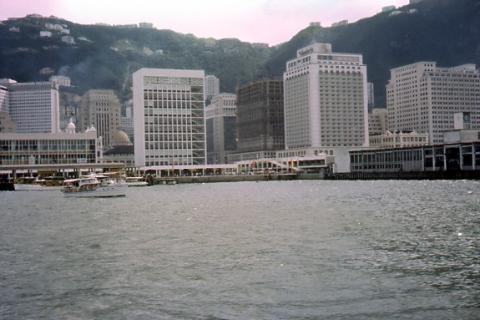

Comments
BOAC to Hong Kong
Your picture of the BOAC poster has reminded me of my first flight on BA922 to Hong Kong on a then brand new B707 on a Saturday in August 1965. It took just over 21 hours with the delights of seeing for the first time in my life, the sights (and smells) of Zurich, Karachi, Calcutta and Bangkok airports, which we stopped at for refuelling on the way. I remember the horror at Karachi of being charged all of two and sixpence for the smallest glass of orange juice.
I have even found the TIMETABLE on line.
B707 at Kai Tak
BOAC had renamed
BOAC had turned into British Airways!!!
Sights and Smells
From the book "Vietnam Diary" by Richard Tregaskis.
Arriving Hong Kong in November 1962.....
"I saw new skyscraper hotels, apartment buildings as we (in a Douglas C-47) cut across the deep blue of the harbour, descended over the bare hills of the islands, and sloped in for a landing on the new 9,000-foot jet runway.
Floating up to us from the direction of Kai Tak Airport came the stench of sewage. When we landed, I found out there is a relatively new disposal plant near the airfield. This, with the proper wind, affords a startling greeting to visitors."